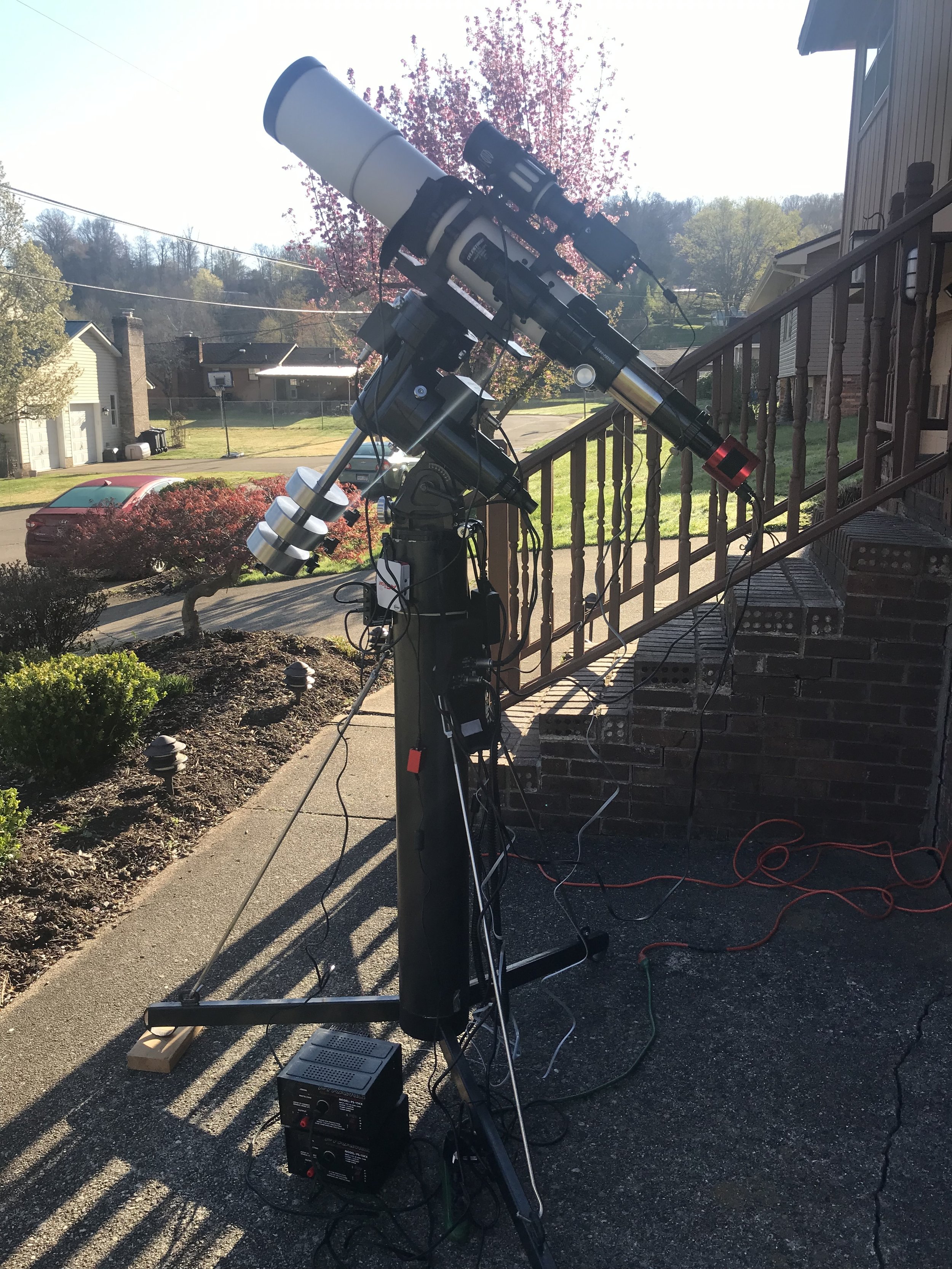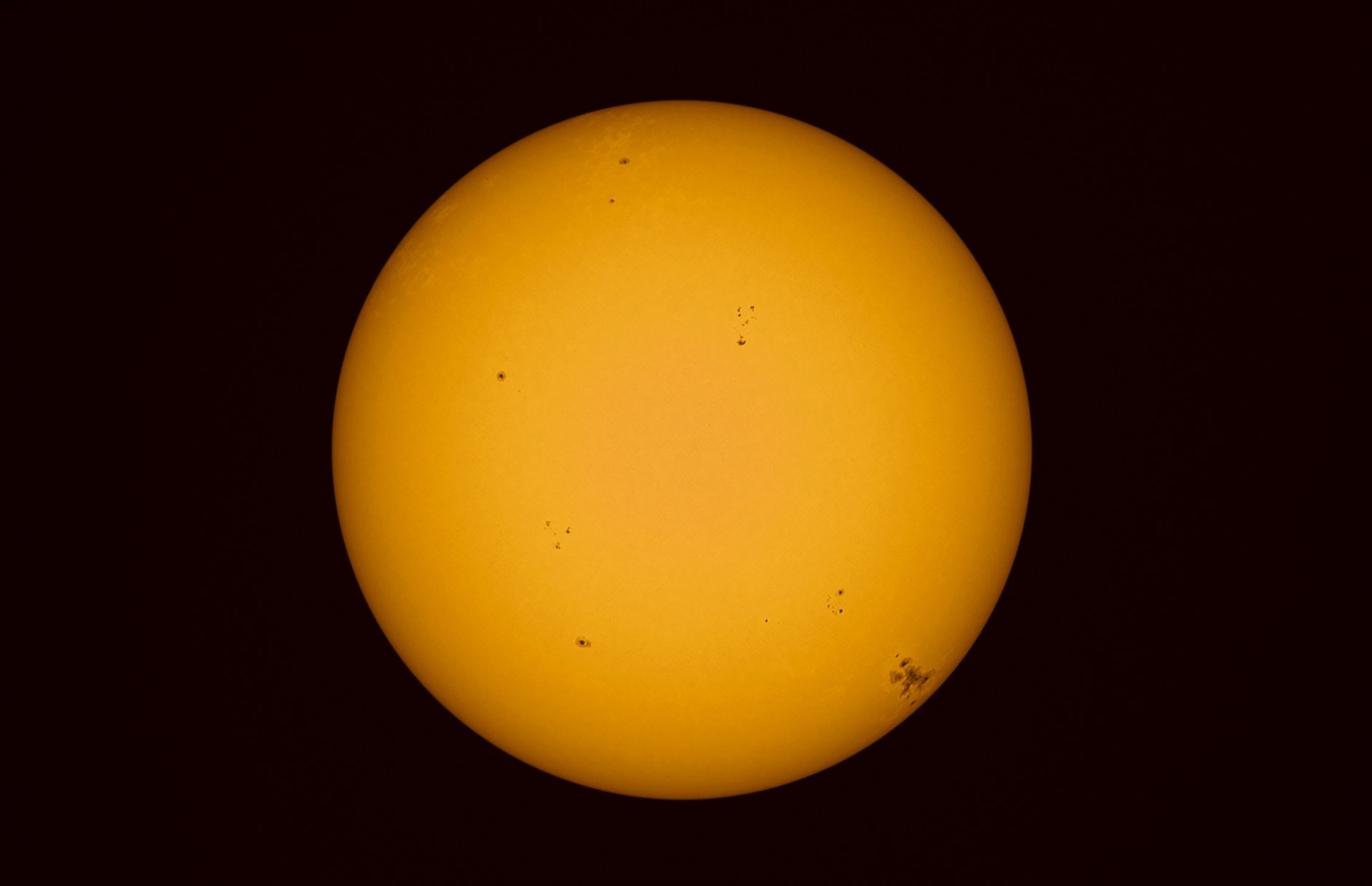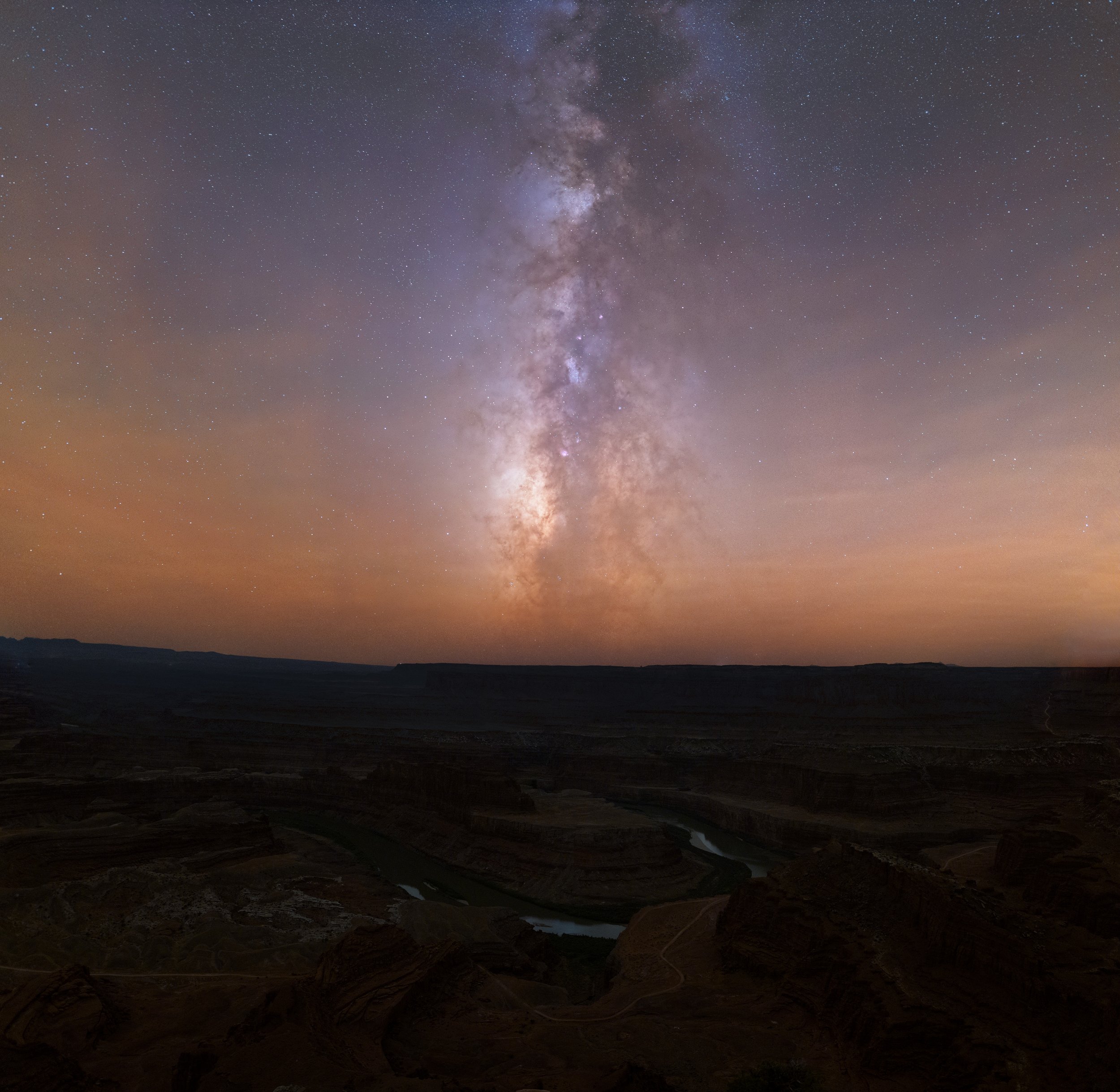Astro-numismatics
Supergeekdom is rarified Air. I believe Astro-numismatics soars into that rarified air. Join me at the 2019 Green Bank Star Quest as we discuss this relatively new segment of numismatics.
http://greenbankstarquest.org/
Winter Experimentation-Cone Nebula and Christmas Tree cluster (NGC 2264)
This winter I made the decision to increase imaging time from my house by the most efficient utilization of astronomical filters possible. I live in a rural/suburban Bortle 4 transition zone. My zenith to the south and east are pretty decent. due north has a light dome from Huntington, WV.
I am a One Shot Color (OSC) guy. I know…but I just am. My imaging setup this winter was with the Astro-Physics 130GT and AP .8x focal reducer and the modified Canon T5i. The T5i performs very well on cold winter nights.
Oh…I will be giving a presentation on my experience with filters and OSC imaging at Green Bank Star Quest 2019 on Friday June 28. Click the link for registration and more information on GBSQ 2019.
I utilized 4 filters over the winter;
Astronomik 12nm Halpha EOS clip in
Astronomik CLS EOS clip in
Astronomik CLS CCD 2”
STC Duo Narrow Band EOS clip in
I will post my presentation to the blog after Green Bank which details observations and findings with each of these filters.
My hands-down favorite filter from my house is the STC Duo Narrow Band clip in. This filter has very nice color balance for a narrow band filter right out of the modified camera. It has beautiful contrast and does send some signal to the entire Bayer matrix.
Memorial weekend afforded me some time to work on the data I collected from November to February on the Cone Nebula and Christmas Tree cluster. Basically, I took the red channel from the STC data and the green and blue channel from a combined version of the Astronomik CLS CCD and CLS filters.
A total of over 12 hours of data was gathered for this image. I did not calibrate with flats, darks, or bias frames.
If you would like more information on the area, please Google NCG 2264 or Christmas Tree cluster or Cone nebula. It is a fascinating part of our winter Milky Way rising just a bit after the Orion constellation.
Please click on the image below for a larger light box presentation.
Have a great week!
M51 first light with multiple new gear
Clear skies to all and welcome to this update.
My telescope focal lengths are really oriented toward capturing Milky Way vistas. But, I recently saw some fantastic images posted on the Astro-Physics users group with relatively short focal length scopes that were lengthened by the new Astro-Physics Advanced Barlow. So, I thought it was worth a try to expand my imaging target capabilities into the heart of galaxy season while waiting on the summer Milky Way to rise.
Another piece of equipment also saw first light on this night, the ZWO ASI 294 MC Pro. Quite simply, I needed a cooled camera for hotter summer night to improve signal to noise. I don’t have time to process LRGB images, so I am pretty much a one shot color guy. I, also, don’t want to mess with a laptop in the field or even at home. That is one of the main reasons I went with ZWO, the company makes the ZWO AIR to communicate directly with the camera via iOS apps on phone or iPad.
One other note on equipment is that I had to use my only UV/IR blocking filter available at the time which was via my Astronomic CLS-CCD filter. I now have a Baader UV/IR luminance filter.
130GT on Mach1GTO mount with Advanced Barlow, ZWO ASI294 MC pro, and Baader variofinder with SG-4 guide camera.
I accumulated 3 total hours on M51 on April 10 with 12x15 minute sub exposures.
I am very happy with the image scale and resolution capabilities that the Astro-Physics Advanced Barlow provides with my AP130GT. This setup really opens up a new library of astronomical objects for me to image.
You can also see the image at astrobin with detailed capture information.
New camera...new focal length
My current imaging setup had two deficiencies; short focal length for galaxy season and non-cooled camera for hot nights.
The short focal length deficiency has a compromising, but effective remedy. Astro-physics updated their Barlow to the Advanced Barlow which is more corrected for photography with APS C sensors. The 2x Barlow provides a flat field across 80% of the sensor.
The non-cooled camera was solved by the new ZWO ASI294 MC Pro. A cooled CMOS sensor in a 4/3 format which matches well with my Canon T5i.
Main reason for this camera...
- one shot color. I don’t want to mess with multi-filter images.
- 14 bit dynamic range
- ability to control via WiFi on iOS device via ASI Air.
First test of this setup was last last week with excellent results. I was able to achieve a nice image scale on M51 that I believe is better than simply enlarging a shorter focal length image.
And I LOVE utilizing the iPad for image control of the camera!!!!!
Cave Nebula: Sh2-155 in Hydrogen Alpha light
Increasing my imaging time was a top priority this winter. So, many experiments have been conducted with narrow band and light pollution filters from my backyard. It has been many years since my days of narrow band imaging with an SBIG ST10 and Halpha filter.
From the zenith to the south I have fairly decent skies. The further north of the zenith the lights from Huntington start to be a problem.
I know that a modified DSLR is not very efficient for narrow band imaging, but it is what I have decided to use for multiple reasons and so, it is what I have. I think with enough data and drizzle techniques, the camera is quite capable of doing narrow band imaging.
The image acquisition details are as follow:
AP 130GT with .75 telecompressor
Astro-Physics Mach1 GTO mount
Modified Canon T5i
Astronomik Hydrogen Alpha 12nm CCD clip filter
24 exposures x 15 minutes each for a total of 6 hours at ISO 1600
Data acquired 10/18/2018 and 12/17/2018.
Jeff's Blog
Join me on photography journeys from desert landscapes to deep sky wonders.
























